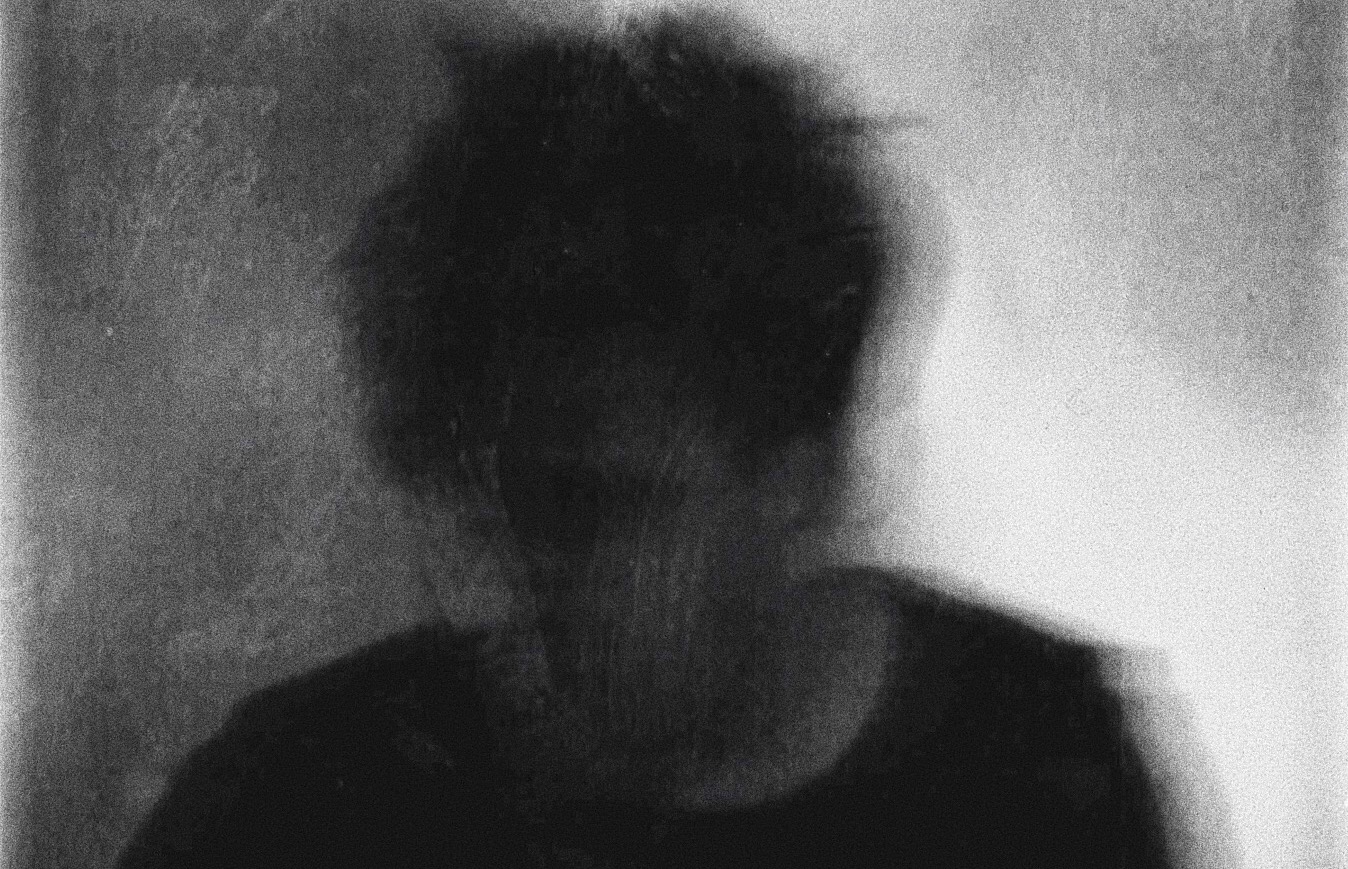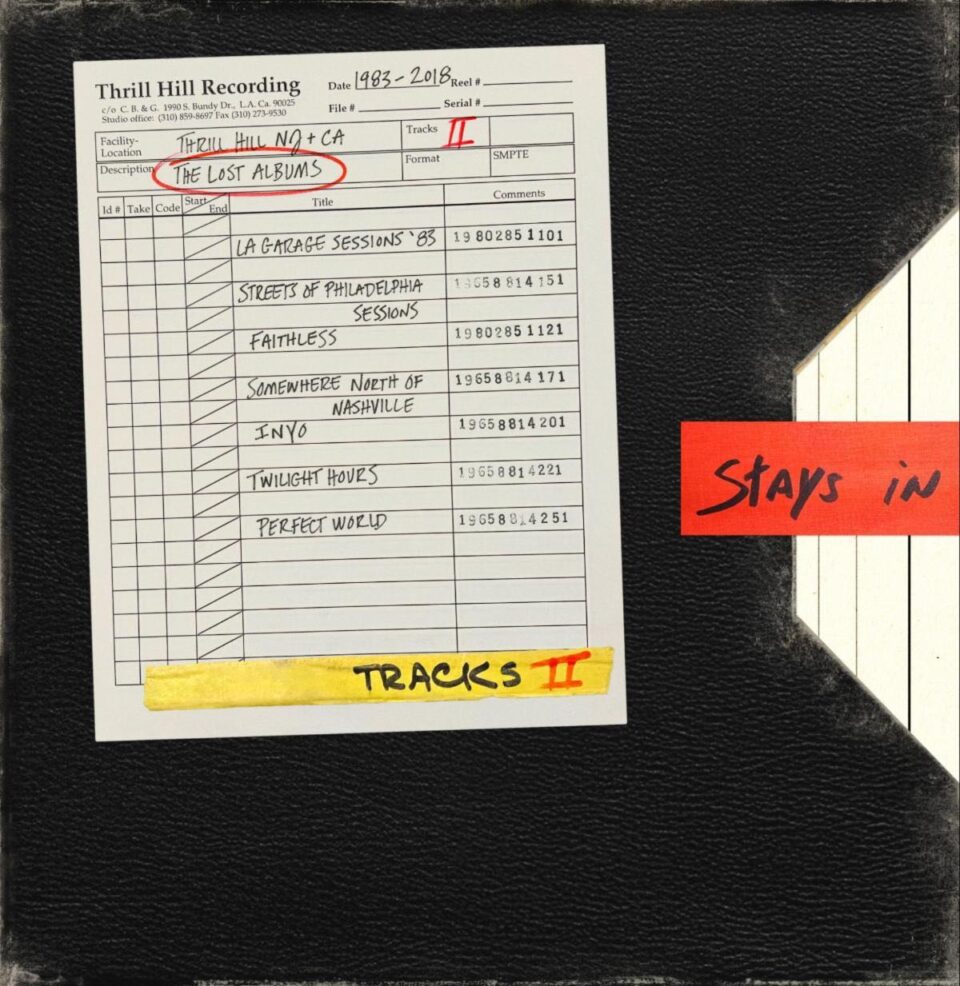Tomorrow, Danish minimal wavest Trentemøller is sharing Obverse with the world, the highly anticipated follow-up to 2016’s Fixion which features guest spots from the likes of Slowdive’s Rachel Goswell, Warpaint’s jennylee, Lina Tullgren, and Lisbet Fritze. Having already shared the tracks with jennylee and Tullgren, today we get one final taste of the LP before its release date via the Fritze-featuring ambient jam “Blue September.”
The track’s eerie atmosphere comes matched with a video shot by Trentemøller himself and starring the guest vocalist, his partner Fritze, who sleepwalks across Scandanavian woodlands in slo-mo with an axe. “I shot the video for ‘Blue September’ myself, just with an iPhone on a steady cam device with Lisbet Fritze deep into the Swedish woods,” Trentemøller shares. “I tried to capture that special vibe of something beautiful and a bit creepy at the same time.”
Along with the fresh new single, Trentemøller is prepping fans for the new album with an in-depth look at each of the album’s ten tracks, explaining his processes for enlisting guest vocalists and setting up contrasts. Watch the clip and see what the artist has to say about Obverse below.
Obverse is out tomorrow, September 27, via the artist’s own imprint, In My Room. You can pre-order it here.
1. “Cold Comfort”
“Cold Comfort” is the opening track on Obverse, and I knew it should be like that right from the first time I started working on it. My wish was slowly to invite the listener into the Obverse universe, so it was important there was time and space in the music until the vocals appeared. Therefore, it is a super slow and tugging beat that opens the whole album. Actually, I started working on what turned into the long, dark and trippy outro, but I felt there was missing a clear contrast to the rather heavy and gloomy mood in the outro. So I came up with some nice chords with an interesting tension that was created purely tonally. The chords were quite airy and broke out of the drone-vibe I had going on in the outro. Actually, these chords were first played by a couple of synths, but I found a guitar to fit better in the sound universe.
When I was working on the guitar sound, I came to think of Rachel Goswel’s voice—it was, in a way, constantly in the back of my mind while working on the song, I think. So when the track was finished as an instrumental, I finally got the courage and wrote Rachel on Instagram…after a few beers. I was pretty starstruck and a little nervous about asking her. To my great surprise, she replied immediately and wrote that she really liked my music and would like to sing on the track! Of course, it was huge for me as a Slowdive fan since their first record came out many years ago. So I sent her the music and we wrote a little back and forth about the song, and pretty soon the final vocals came into place. I like that the vocals do not fill it all, but are more a part of the overall mood of the music.
2. “Church of Trees”
One of the instrumental tracks on the record is almost a journey in itself. The instrumental tracks here are a little more playful and experimental in form than on my previous albums, I think. That’s probably because I set myself up to go crazy in all the many possibilities in the studio, and the fact that I did not have to think about how to transform the songs for the band live, as I have always done when we went on tour with my previous albums. Halfway in the working process with Obverse, I found out that me and my girlfriend would have a little son, which was absolutely amazing. And that meant that I decided not to play this record live at all. Not another long world tour, being away on a tour bus for months as we used to be. It also opened up new possibilities in the songwriting and, not least, in the production. “Church of Trees” has a more electronic expression, and it was fun to pull out all my old analog synths and weird effect pedals and see where the music took me with all this!
3. “In the Garden”
“In the Garden” sounds exactly like it was written. The structure in which each role is continually introduced follows the way the song actually came into being. First a simple electronic beat, then a bass line with a pretty clear melody in it—I love when bass lines have little melodies “built in,” so to speak. After that, the dreamy guitars come in and finally, at the end, a simple melodic synth theme that rounds off the whole song. I had heard Lina Tullgren’s debut album Won a lot over the summer and instinctively thought that she should sing on this particular song. There was a lot of space in the instrumental for her voice, and luckily Lina was crazy about the track, so we got the vocals in place pretty quickly. She recorded in a studio in New York and we met later in my studio in Amager, Denmark and did the last production on the vocals.
4. “Foggy Figures”
Yet another instrumental track on the record which consists of several transformations and contradictions. In particular, contrasts and contradictions should prove to be a very important element throughout this album, also reflected in the title “obverse.” Contrasts have always been a part of my music, but on this album I used them more drastically, I think. All the possibilities in the studio were explored, and I really twisted and manipulated the sound quite a lot. It is also reflected in “Foggy Figures”—that slowly reveals itself out of the fog, eventually into a rhythmic explosion.
5. “Blue September”
“Blue September” was written together with my girlfriend, Lisbet Fritze, who also sings and plays guitar on the song. She came up with this nice mellow idea for the song and I worked further on it and transformed it into a more dark, synth-based universe. We recorded her voice several times on top of each other, and that multilayered sound makes it sound quite cold, hypnotic and ghostly in a way—exactly what I was looking for in the song. We came up with that vocal sound already for the last album, Fixion, and I also used Lisbet for vocals on another track on the new album.
6. “TRNT”
On “TRNT,” I go absolutely crazy with all my weird machines in the studio! It’s a pure jam session with myself in a way, quite intuitive and without any real plan besides seeing where this trip leads me. And again, an instrumental track that goes its own way. I especially love a place in the track where a vicious wall of sound suddenly breaks through without any warning. I wanted it to sound a bit like Sunn O))), and drove both guitars and a lot of synths through tons of distortion pedals, and then pitched the whole shit down so it sounded like it came from hell itself.
7. “One Last Kiss to Remember”
For me it was natural that Obverse had a little noisier expression right here. I really hope that people will listen to the album in its entirety, from first to last song—a bit like watching a movie from start to finish. The mood was already introduced a bit in the previous track, “TRNT,” and therefore the raw and overdriven guitars fit in quite well exactly here on the album. I love the way they overrule the drum-beat and totally insist on taking control. Lisbet Fritze also sings on this song, and for the first time I have written the lyrics myself. Lisbet’s airy vocals versus the noisy guitars go well hand-in-hand, and the music feels like it’s diving underwater in the bridge part, at least that was the effect I imagined.
8. “Sleeper”
Now is the time to catch your breath again, so “Sleeper” will take you on a journey to a completely different place, perhaps the place you visit just before you fall asleep? At least that was the mood I was in when I wrote the song. Actually, I wrote it on my upright piano, away from the computer and all the other instruments and gear. I often like to sit at the piano and write tunes because the focus is 100 percent on just the melody and the chords. And then there’s just something super inspiring about playing on a piano—you have that acoustic sound that just flows against you from this wooden instrument. It’s pretty magical! The piano idea was later transferred to my Juno synth and run through a pair of guitar pedals. But here and there in the music you can still hear the piano making it’s subtle appearance. I recorded it with some felt that gently covers the strings, so the piano gets this special muted and out-of-this-world sound. All the little creaking noises it makes when I close-mic it are quite nice, and at the same time it provides a nice counterplay to the more straight synths.
“Try a Little” really stands out a lot compared to the rest of the songs on Obverse, but I felt the album could use a break from the more complex instrumental and slightly darker and dreamy tracks. So “Try a Little” is probably the most poppy song I have made so far, with vocals sung by the amazing jennylee from Warpaint. We worked together before, and we always have an inspiring artistic workflow and dialog with each other. When I had this instrumental lying around that I knew I wanted to include on the record, but didn’t really know how to proceed, I asked Jenny if it was something for her. I thought it suited her vocals really well, and she was fortunately super happy with it and immediately started working on the vocals. We quickly agreed that it fit the song quite well with some pretty hook-like vocals. I love Jenny’s voice and think it has a cool twist in a way that brings some energy into the song so it almost becomes… even radio friendly.
10. “Giants”
Just as I knew that “Cold Comfort” was going to open Obverse, I also knew for sure that “Giants” was going to end it. It was one of the first songs I made while working on this record, and it was made quite quick late at night. It was one of those songs that just wrote itself basically. I imagine the slightly brass-like synths sound like some big creatures you can faintly glimpse at dusk. There is plenty of space in the music and production, and it leaves room for the song to grow slowly without feeling forced. I wanted to maintain a slightly underplayed mood, a little foggy, a little pending…before the huge tones really manifest themselves in the bridge that appears in the middle of the song. The song ends as it starts and completes the ring I somehow hope the whole album feels like when you listen to it. A continuous journey with contrasts of light and darkness, noise and silence.









